Attractions
Kochi was a fishing village in the pre-colonial Kerala. The territory that would be later known as Fort Kochi was granted to the Portuguese in 1503 by the Rajah of Kochi, after the forces of Afonso de Albuquerque helped him fighting the forces of Saamoothiri of Kozhikode. The Rajah also gave them permission to build a fort near the waterfront to protect their commercial interests. The first part of the name Fort Kochi comes from this fort, Fort Emmanuel, which was later destroyed by the Dutch. The Portuguese built their settlement behind the fort. They also built a wooden church, which was rebuilt in 1516 as a permanent structure, today known as the St Francis Church. Fort Kochi remained in Portuguese possession for 160 years. In 1683 the Dutch captured the territory from the Portuguese, destroyed many Portuguese institutions, particularly Catholic including convents. The Dutch held Fort Kochi in their possession for 112 years until 1795, when the British took control by defeating the Dutch. Foreign control of Fort Kochi ended in 1947 with the Indian independence.
A mix of old houses built by the Portuguese, Dutch and British in these colonial periods line the streets of Fort Kochi. St Francis Church was built in 1503 by the Portuguese as a Catholic church. Vasco da Gama was once buried in this church which now falls under the Church of South India and is one of the national monuments. Santa Cruz Basilica, also built by the Portuguese in the 16th century, was later destroyed by the British and rebuilt near the end of 19th century.[citation needed] The landmark that causes more public and visitor interest is a series of pre-colonial Chinese fishing nets on the waterfront, believed to have been introduced by Chinese traders in the early 14th century.

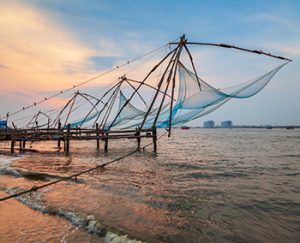
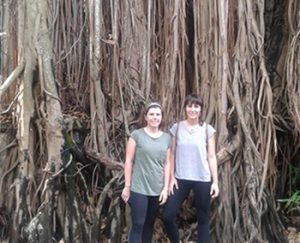
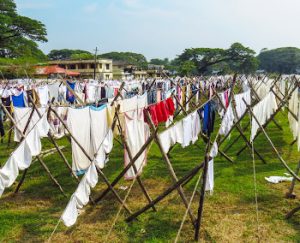 Dhobi Khana is one of the very interested and very important part of the tuk tuk tour because especially in Europeans are dependent on the washing machine therefore it’s absolutely very different feeling and such an a very New experience because each dhobiwala is washing with by hand as well as their still having using for ironing with a such of the very oldest and traditionally with out electric power iron box especially making for fire with charcoal. Charcoal is making from the coconut shell and from other wood waste.
Dhobi Khana is one of the very interested and very important part of the tuk tuk tour because especially in Europeans are dependent on the washing machine therefore it’s absolutely very different feeling and such an a very New experience because each dhobiwala is washing with by hand as well as their still having using for ironing with a such of the very oldest and traditionally with out electric power iron box especially making for fire with charcoal. Charcoal is making from the coconut shell and from other wood waste.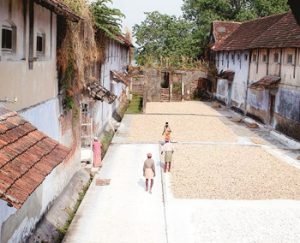
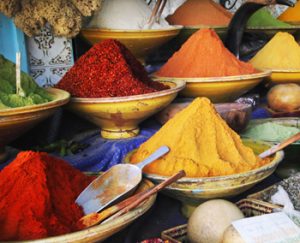
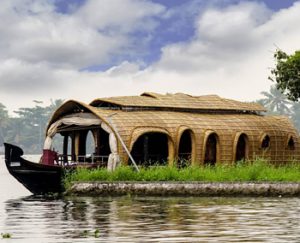
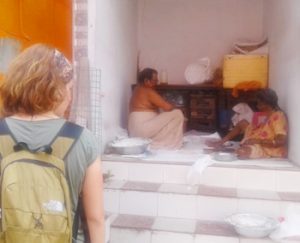

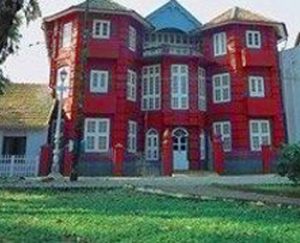
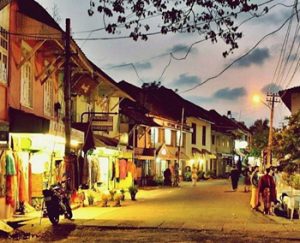
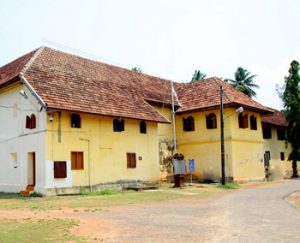
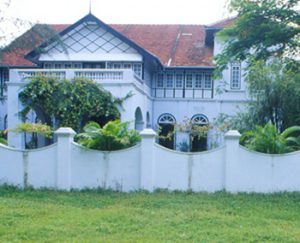
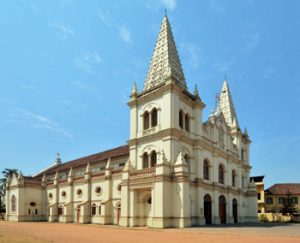
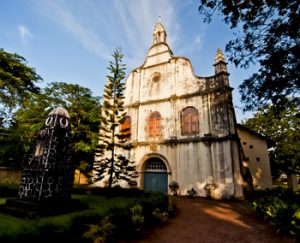
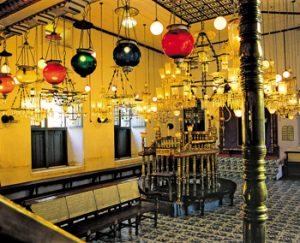
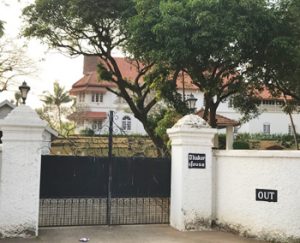
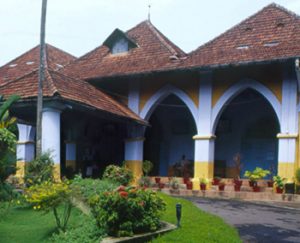
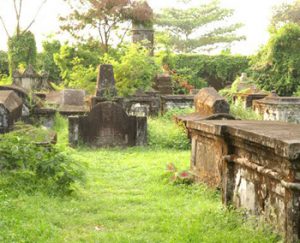
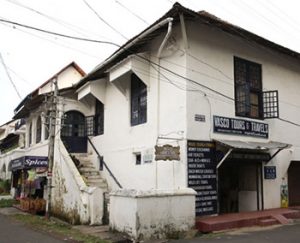

 Its one of the very biggest and very oldest tree in Kochi almost more than four hundred years ago the Portuguese bought it from in Brazil (South America) so native place is Brazil introductions by Portuguese the tree called as a rain tree because raining time it will tree is caught in and collected water saving us to for the weather of future summer hot.
Its one of the very biggest and very oldest tree in Kochi almost more than four hundred years ago the Portuguese bought it from in Brazil (South America) so native place is Brazil introductions by Portuguese the tree called as a rain tree because raining time it will tree is caught in and collected water saving us to for the weather of future summer hot.